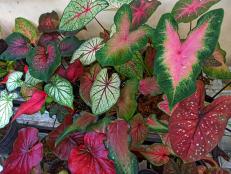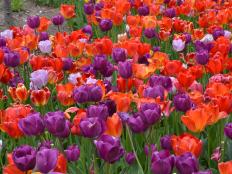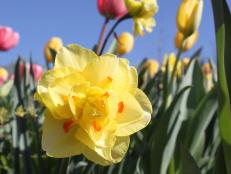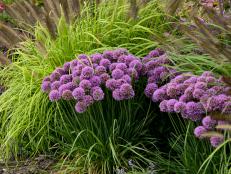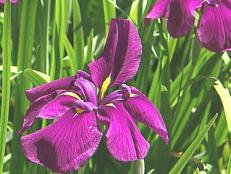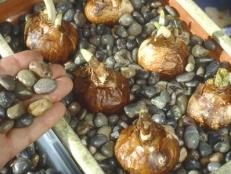6 Ways to Prevent Animals From Eating Flowering Bulbs
We’ve got some tips and tricks to keep pesky critters from digging up hardy bulbs like tulips, crocuses and hyacinths.
Squirrels, voles, mice and chipmunks love to nosh on flowering bulbs. Outsmart them with these planting methods.
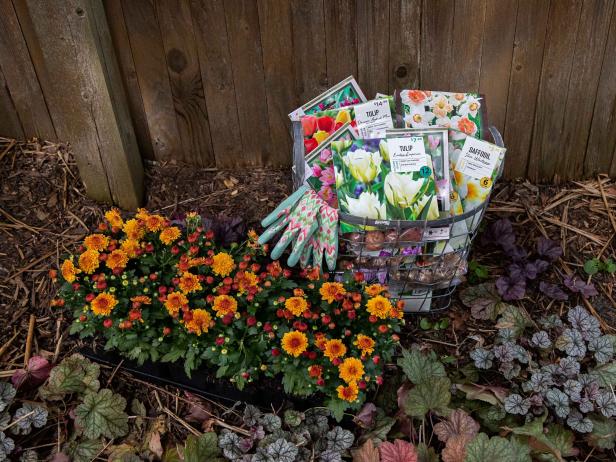
SHAIN RIEVLEY
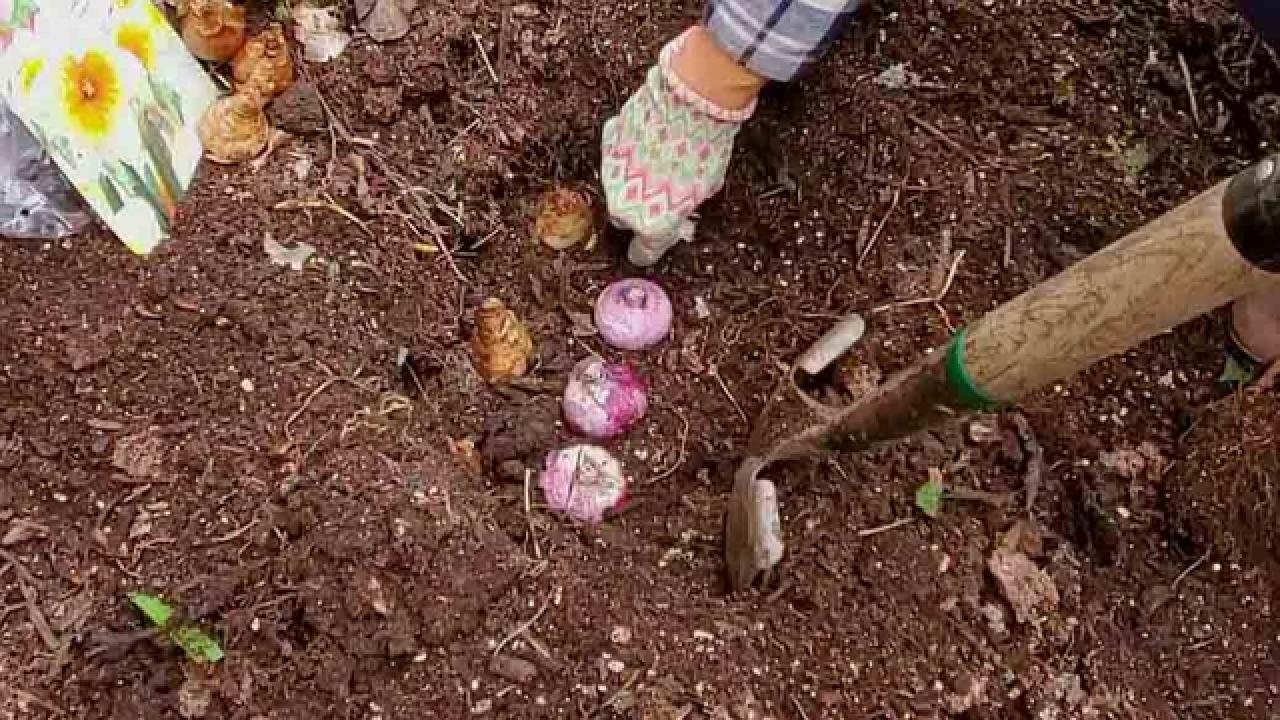
1. Go Deep
Bulbs stand a better chance against critters if you bury them deep. Follow the directions on the package for hole depth, but if your bulbs came without instructions, a general rule is to plant spring bulbs two to three times as deep as the bulb is tall. So, for a 2-inch bulb like a tulip, bury it about 6 inches deep. With hardy bulbs, you’re better off going too deep than too shallow. Also, make sure to tightly pack the soil over the bulbs. Using a garden-auger drill bit to dig the holes makes it quicker and easier, especially in hard-packed soil or clay.

SHAIN RIEVLEY

SHAIN RIEVLEY

SHAIN RIEVLEY
2. Mask Odors
Avoid smelly fertilizers like bone meal which will attract animals. Fragrant plants like marigolds and cabbage will hide the smell of the bulbs. Also, planting bulbs around other flowers and shrubs can make them harder to reach.
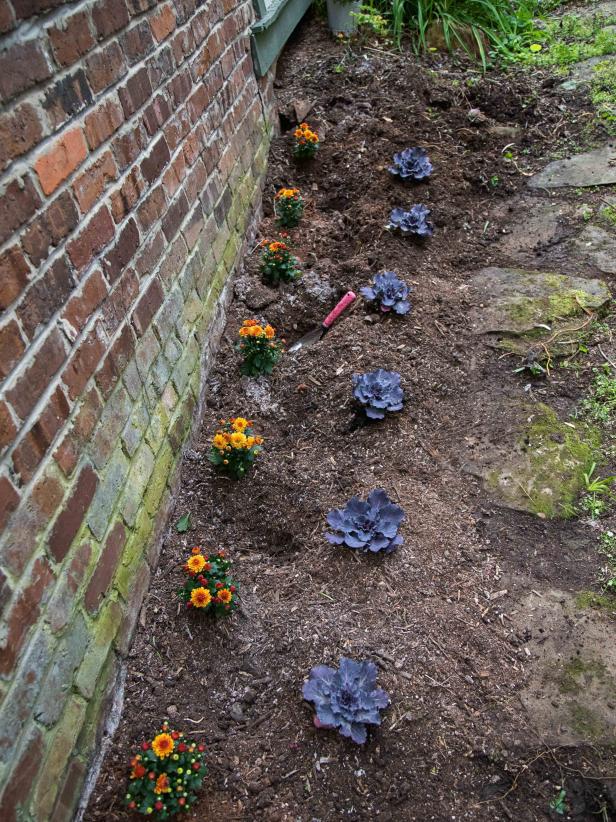
SHAIN RIEVLEY
3. Use Gravel
To keep voles from stealing your bulbs, place a layer of sharp rocks at the bottom of the hole when planting the bulbs. Add in some dirt then place the bulbs on top then cover with more rocks. Gravel above the bulbs will help keep other diggers at bay. Cover the bulbs and gravel completely with soil.

SHAIN RIEVLEY

SHAIN RIEVLEY
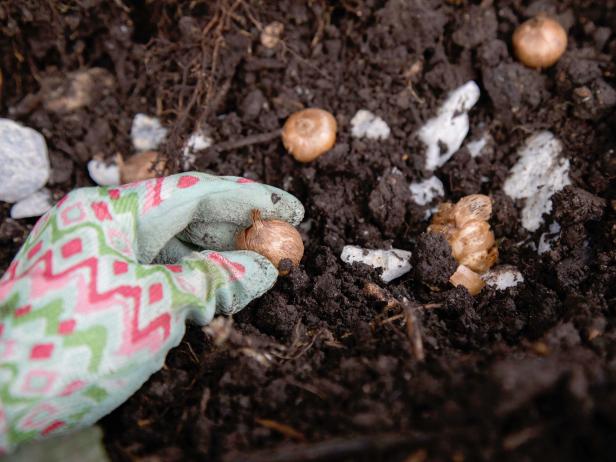
SHAIN RIEVLEY

SHAIN RIEVLEY
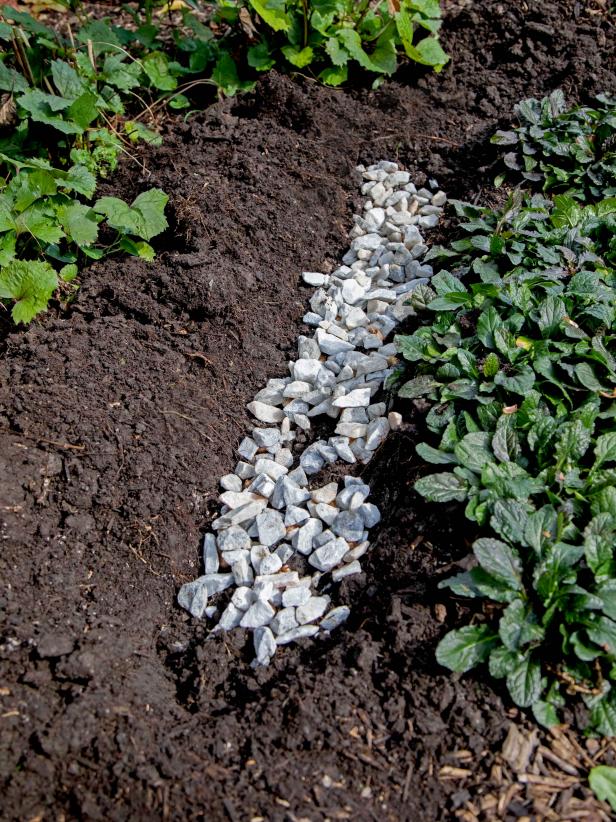
SHAIN RIEVLEY
4. Wire It
After your bulbs are planted and covered in soil, lay a piece of chicken wire over the area to prevent critters from digging. Use wire cutters to cut the chicken wire to size then secure the wire to the ground with landscape pins. Large rocks on top of the wire can also be a deterrent. If you find the chicken wire to be a bit of an eyesore, cover it with a little mulch. Remove the rocks and screen when growth from the bulbs emerges in the spring.
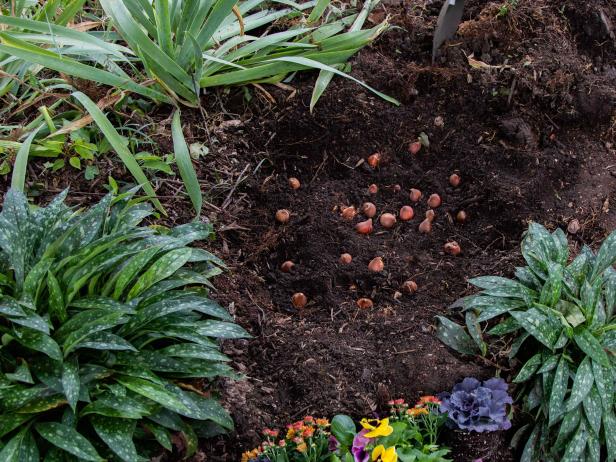
SHAIN RIEVLEY
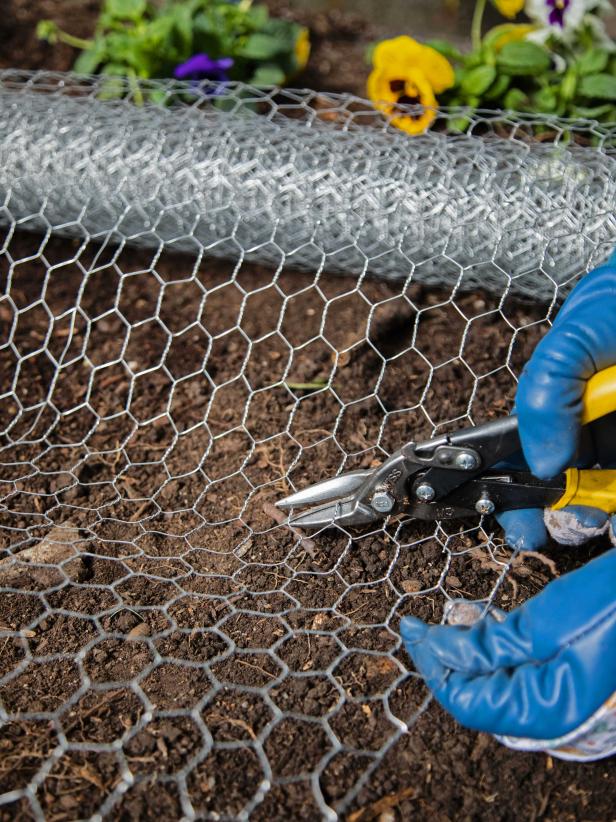
SHAIN RIEVLEY

SHAIN RIEVLEY
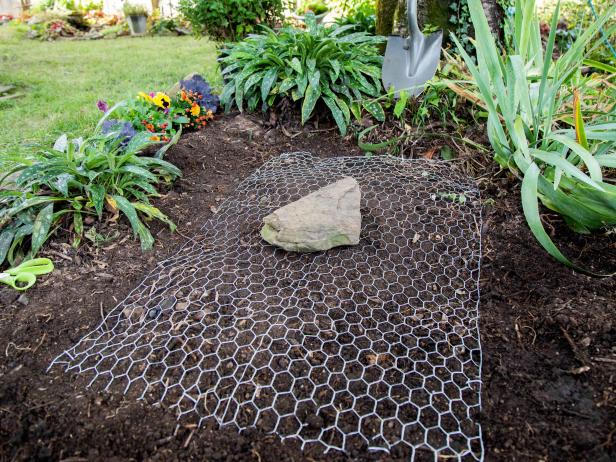
SHAIN RIEVLEY
5. Confuse the Critters
Animals are picky when it comes to what bulbs they want to eat. They usually won’t bother with daffodils, alliums and snowdrops. So, it’s a good idea to mix those with bulbs they enjoy like hyacinths, crocuses and tulips.
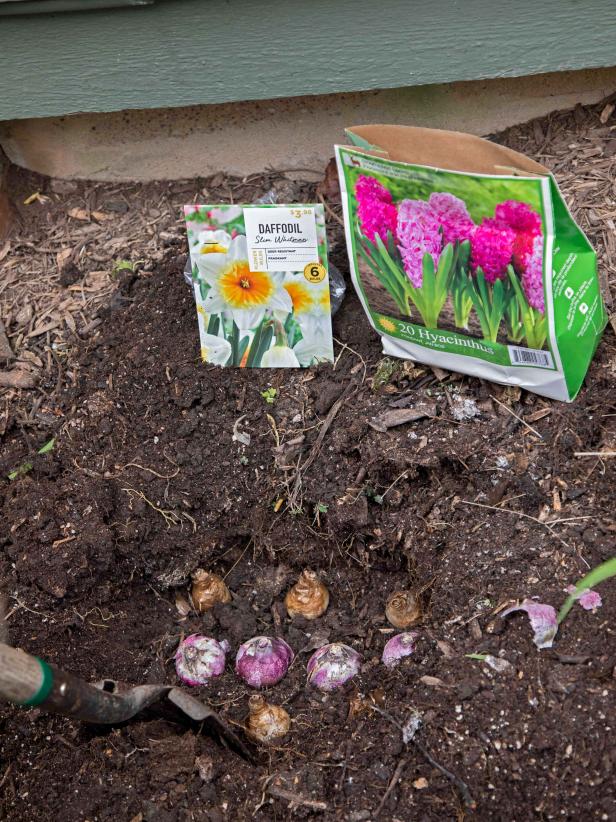
SHAIN RIEVLEY

SHAIN RIEVLEY
6. Clean Up After Planting
Sometimes the outer layer of the bulb peels off when being planted. Don’t leave those peels on the ground; their scent can attract critters. Clean up all leftover debris to remove the smell of the bulbs and make the ground look undisturbed. Animals won’t know where to dig.
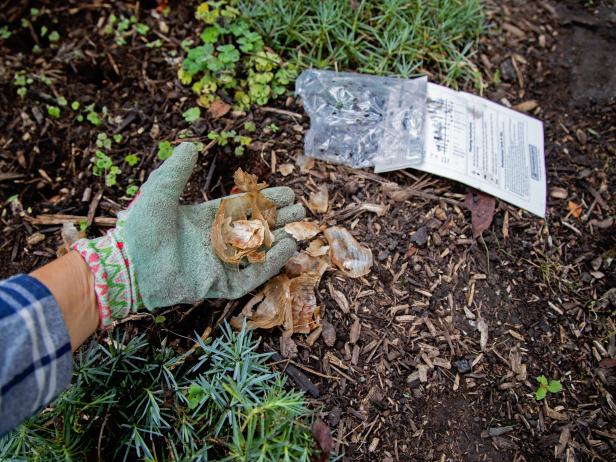
SHAIN RIEVLEY
Spring Bulbs to Plant This Fall 13 Photos
Plant these classic bulbs in autumn for a glorious flower show next spring.







